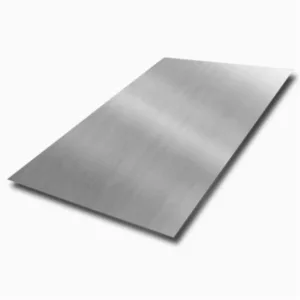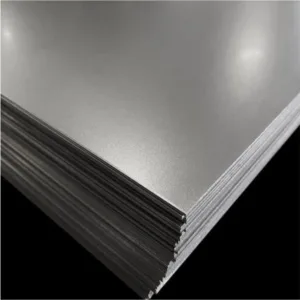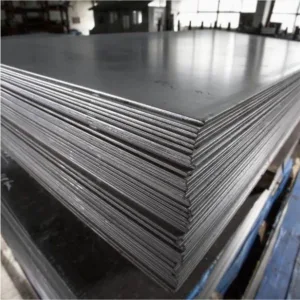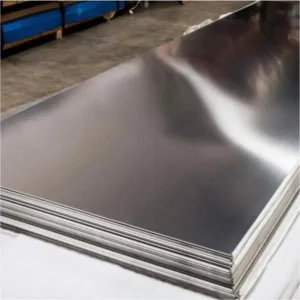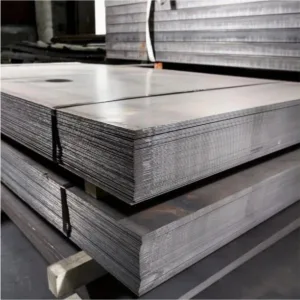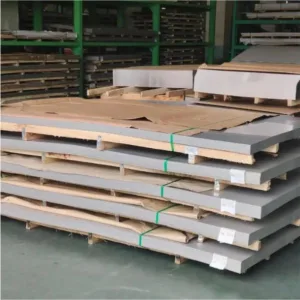Asiaalloy Premium Cold Rolled Steel Plates with 2b Surface Cover
| Model NO. | 1100103 |
| Certification | ISO |
| Surface Treatment | Grinding |
| Technique | Cold Rolled |
| Application | Mold & Dies, Ship Plate, Boiler Plate, Container Plate, Flange Plate |
| Special Use | Cutting Tools, Measuring Tools, Cutters in Common Steel, High-strength Steel Plate, Wear Resistant Steel, Silicon Steel |
| Stock | Stock |
| Thickness | 0.3mm-10.0mm |
| Surface | 2b, Ba, 4K, 8K, Hl and PVC Cover |
| Transport Package | Woven Bags, Plastic Bags, Cap Ends, Plywood Cases |
| Specification | 0.5 0.6 0.8 1.0 1.2 1.5 2.0 3.0 4.0 5.0mm |
| Trademark | Asiaalloy |
| Origin | China |
| HS Code | 7306900090 |
| Production Capacity | 15000 Ton/Year |
Description
Grade:300 Series, 400 Series, Austenitic, Ferritic: A wide selection of superior grades, each tailored for specific applications, ensuring optimal performance and reliability across various environments.
Standard:ASTM, AISI, DIN, EN, GB, JIS: Adhering to international standards, our plates guarantee compliance and quality, offering you peace of mind and industry acceptance.
Length:2438mm, 3000mm, 6000mm or custom lengths upon request: Flexibility in dimensions to suit your unique project needs, assuring seamless integration and efficiency.
Width:1000mm, 1219mm, 1500mm, 2000mm: Choose from a range of widths to perfectly match your design specifications and enhance structural aesthetics.
Thickness:0.3mm-10.0mm: Our varied thickness options empower you to select the ideal plate for any load-bearing or aesthetic requirements.
Place of Origin:Jiangsu, China (Mainland): Proudly manufactured in Jiangsu, a hub of innovation and quality in metalworking.
Model Number:201, 304, 304L, 310S, 316, 316L, 321, 430: Versatile models designed to cater to diverse industrial applications, from robust construction to intricate kitchenware.
Type:Hot rolled, Cold rolled: Offering both hot and cold rolled options to suit your specific application needs, ensuring maximum efficiency and adaptability.
Application:Ideal for architecture, construction, building projects, and kitchenware: Perfectly suited for a range of applications, our plates promise superior performance in any architectural and industrial endeavor.
Certification:BV, IBR, ISO, ROHS, SGS: Our certifications underline our commitment to sustainability, safety, and quality, reinforcing your trust in our products.
Surface:2B, BA, 4K, 8K, HL with optional PVC cover: From sleek finishes to protective covers, our surface options offer you an array of choices to meet aesthetic and practical needs.
Note:We can accommodate additional materials as needed: Our flexible production capabilities ensure we can meet your bespoke requirements efficiently and effectively.
Detailed Information: Dive into the impressive features and unparalleled quality of our Durable Cold Rolled Stainless Steel Sheet with a 2b Ba Surface. Discover how it excels in both quality and performance, making it an ideal choice for various applications.
| Typical chemical composition | ||||
| % | 304 | 304L | 310s | 321 |
| C | 0-0.07 | 0-0.03 | 0.8 | 0.08 |
| Mn | 0-2.0 | 0-2.0 | 2.00 | 2.00 |
| Si | 0-1 | 0-1 | 1.00 | 1.00 |
| P | 0-0.05 | 0-0.05 | 0.035 | 0.035 |
| S | 0-0.02 | 0-0.02 | 0.030 | 0.03 |
| Cr | 17.5-19.5 | 17.5-19.5 | 24.0-26.0 | 17.0-19.0 |
| Ni | 8-10.5 | 8-10.5 | 19.0-22.0 | 9.0-12.0 |
| Mo | ||||
| TI | 5×C% | |||
| Fe | Balance | Balance | ||
| Item | Material | Specification |
| 316Series Stainlee Steel Sheet/Plate | 316L/2B 316L/NO.1 316Ti 317L | Thickness:0.4-40 mm Width:≥1000 mm Length:≥6000 mm |
| 304 Series Stainlee Steel Sheet/Plate | 304/2B 304/NO.1 304L/NO.1 | Thickness:0.4-40 mm Width:≥1000 mm Length:≥6000 mm |
| 321 Series Stainlee Steel Sheet/Plate | 321/2B 321/NO.1 | Thickness:0.4-60 mm Width:≥1000 mm Length:≥6000 mm |
Surface Finishing: Immerse yourself in the exquisite craftsmanship of our impeccably polished 2b Ba surface finish. This flawless finishing technique offers a sleek, refined aesthetic, perfect for all your stainless steel needs. Our cutting-edge finishing process not only elevates appearance but also boosts durability, establishing a new benchmark in the industry.
| Surface | Definition | Application |
| NO.1 | The surface finished by heat treatment and pickling or processes corresponding there to after hot rolling. | Chemical tank, pipe. |
| 2B | Those finished, after cold rolling, by heat treatment, pickling or other equivalent treatment and lastly by cold rolling to given appropriate luster. | Medical equipment, Food industry, Construction material, Kitchen utensils. |
| NO.3 | Those finished by polishing with No.100 to No.120 abrasives specified in JIS R6001. | Kitchen utensils, Building construction |
| NO.4 | Those finished by polishing with No.150 to No.180 abrasives specified in JIS R6001. | Kitchen utensils, Building construction, Medical equipment. |
| HL | Those finished polishing so as to give continuous polishing streaks by using abrasive of suitable grain size | Building Construction. |
| BA (No.6) | Those processed with bright heat treatment after cold rolling. | Kitchen utensils, Electric equipment, Building construction. |
| Mirror (No.8) | Shinning like a mirror | Building construction |
Detailed Photos
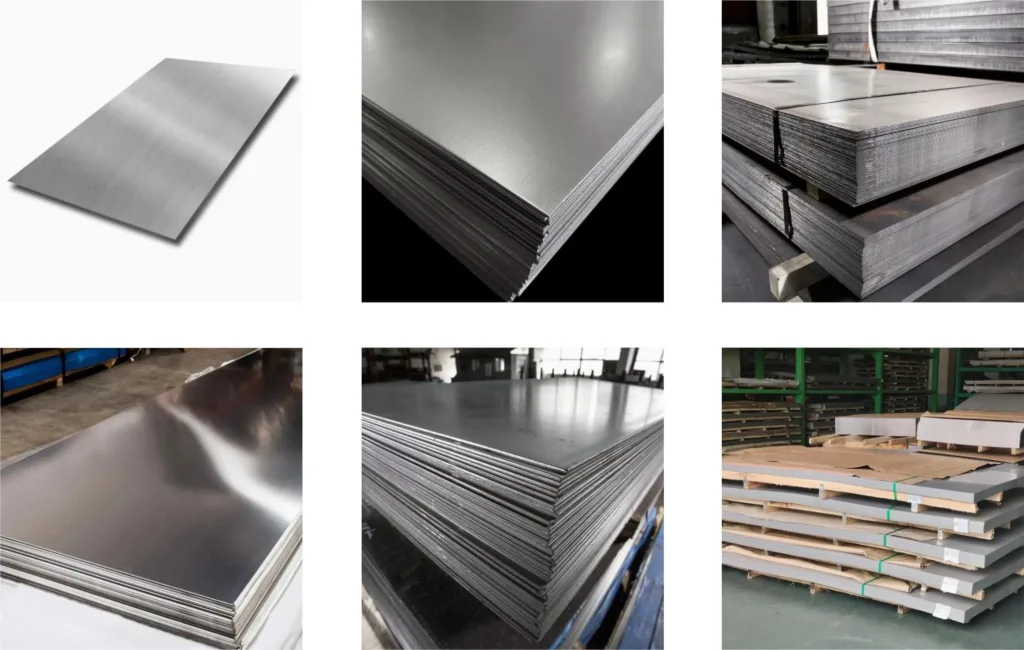
FAQ
What is the main difference between 304 and 430 stainless steel?
The primary distinction lies in their chemical composition and intrinsic properties. 304 stainless steel incorporates approximately 18% chromium and 8% nickel, endowing it with exceptional corrosion resistance and heat tolerance, which makes it ideal for applications in the food and medical industries. On the other hand, 430 stainless steel contains about 16-18% chromium and lacks nickel, offering superior processing properties and enhanced thermal conductivity.
Is the product magnetic?
No, 304 stainless steel is non-magnetic, ensuring it is suitable for various non-magnetic applications.
What should I be careful about when handling the product?
Since the material is metal, handle with care as edges and corners can be sharp, potentially causing injuries. Additionally, the surface is protected by a transparent film that should be removed prior to use to achieve optimal performance.

